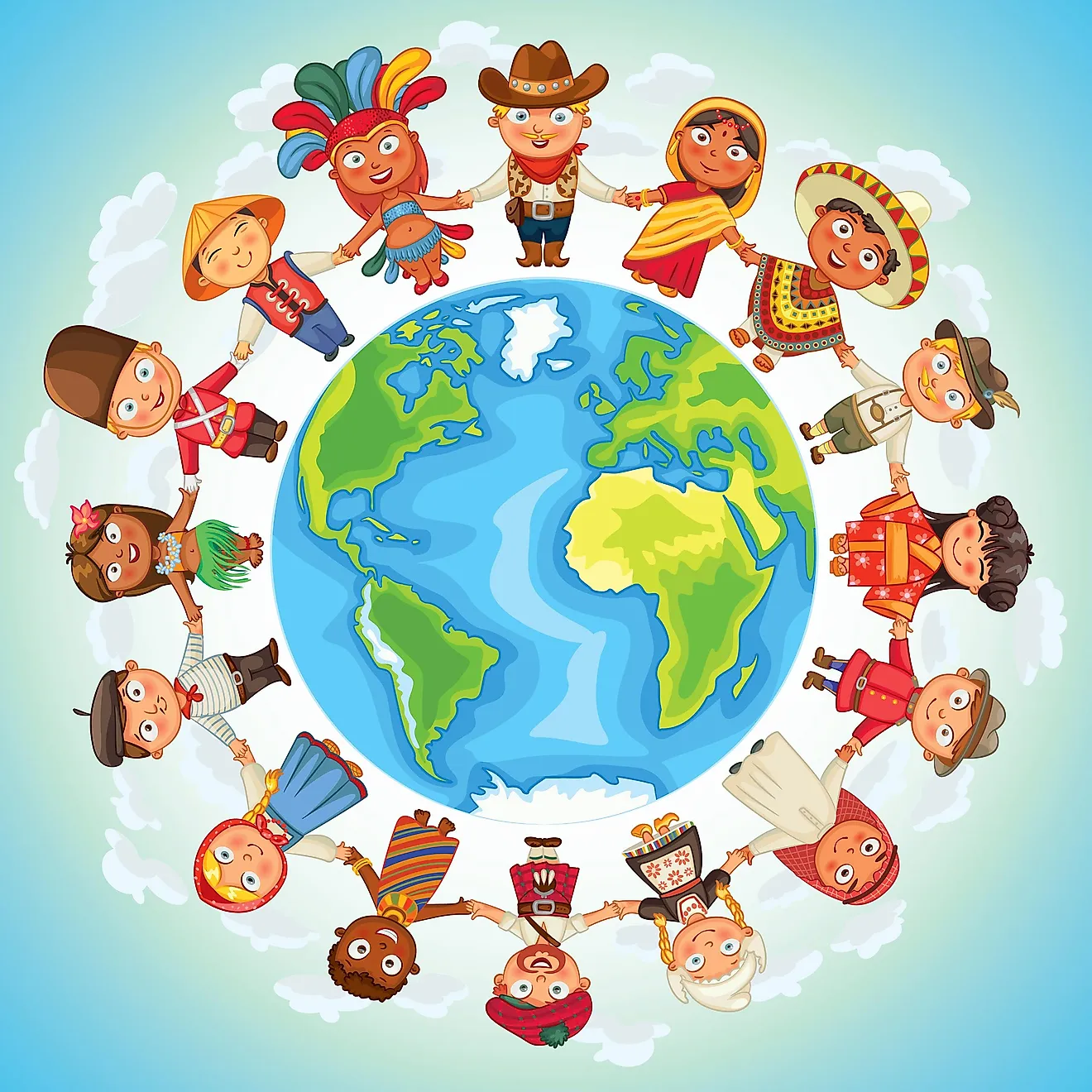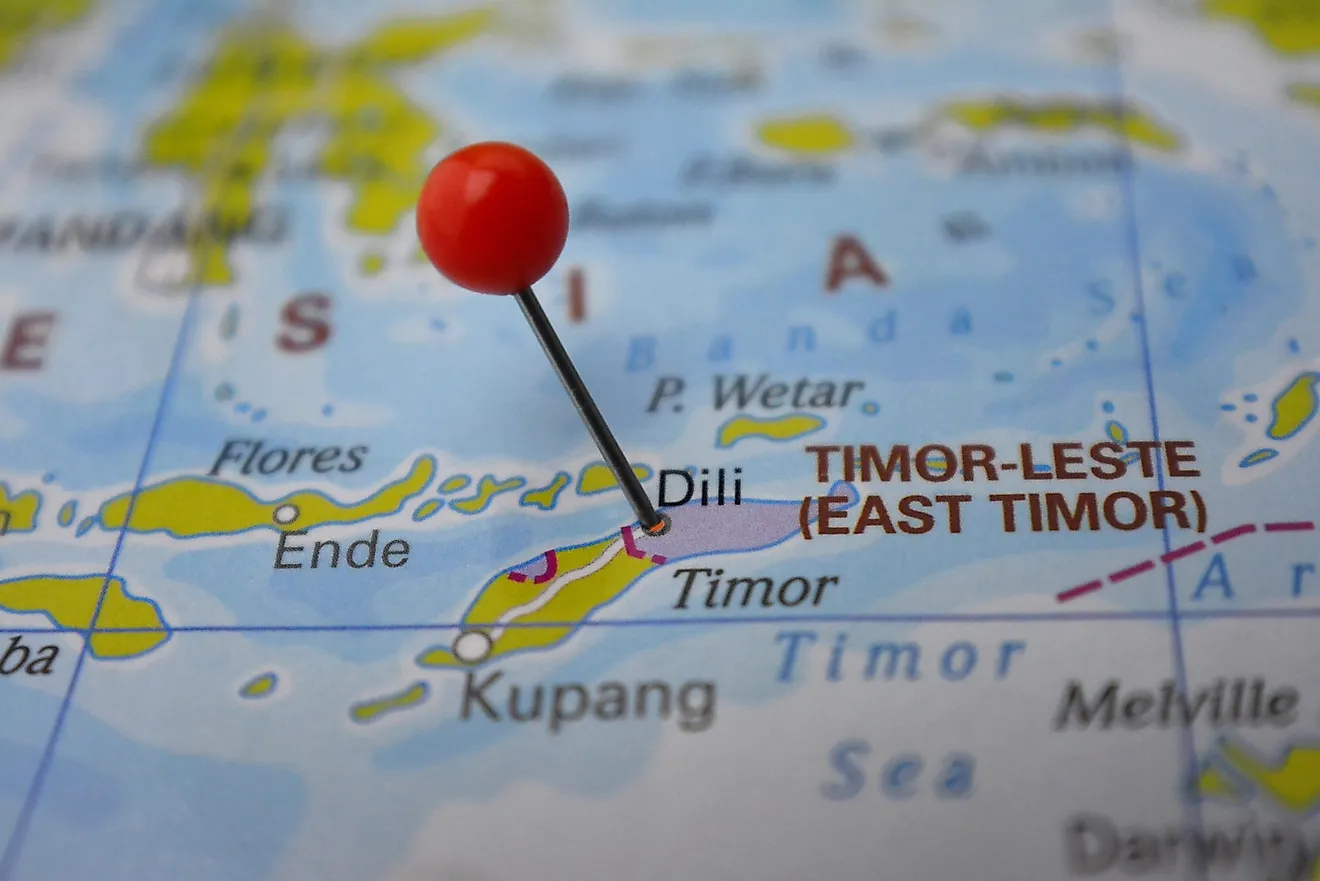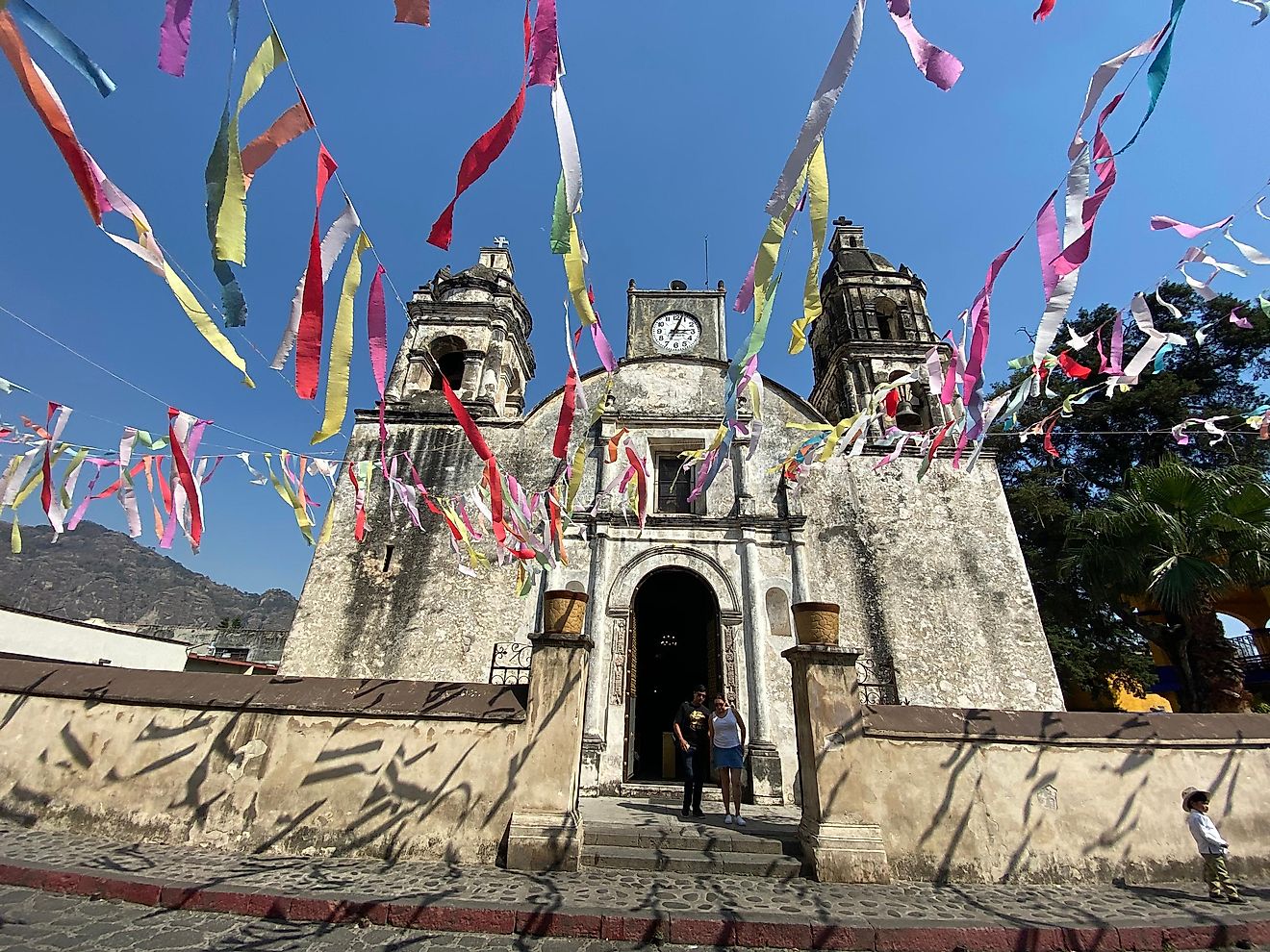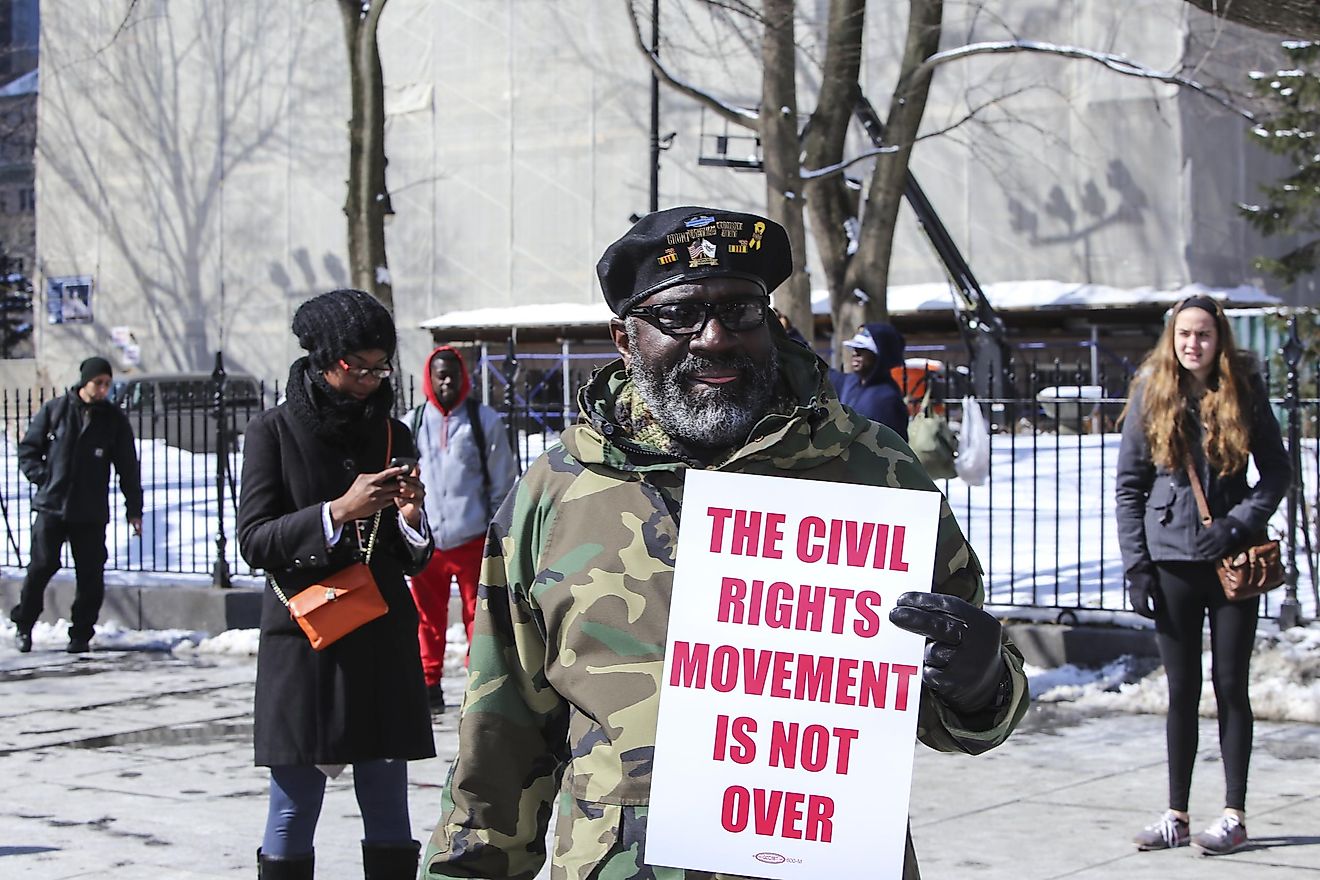How Many Types Of Cultural Regions Are There?

- Formal cultural regions are populated by inhabitants that have at least one cultural trait in common.
- Functional cultural regions can include cities, states, specific trade areas, and even large farms.
- Vernacular cultural regions exist only because those that inhabit them percieve them as real.
Cultural regions are geographical areas that are defined by a homogeneous human activity or a complex of activities. These activities fall under the umbrella term of culture. They are hard to define and are not clearly marked with borders anywhere, so it is extremely hard to say how many cultural regions are there in the world.
Cultural regions are often tied to a specific ethnolinguistic group and the area where we can find that group. The problem is that these groups do not tie themselves to the borders we use to define nation-states. So finding the exact borders of cultural regions is hard because they are constantly changing and fluctuating. Depending on the type of culture we are observing, we can also draw different borders. But, while it is clear we cannot really say how many cultural regions exist, we can say how many different types of cultural regions there are in the world.
Formal Cultural Regions
Formal cultural regions are those regions that are inhabited by people that share at least one cultural trait. However, the number of traits these people have in common can be much larger than that. Those traits can include language, religion, and many similar things. Locating the cultural borders of formal regions is easier than with other types. However, this does not mean it is a simple task. The borders are never sharp since many different cultures mix and overlap with each other.
This is why the borders themselves often look like zones instead of lines. When we start considering multiple cultural traits, these zones start to grow and become much larger than with just a single trait. This is why it is crucial to determine the center of the cultural region. Borders have a much lesser value than cores that feature all of the important traits of that formal region.
Functional Cultural Regions
The second type of cultural regions are functional cultural regions. This type is often not culturally homogenous. However, they are often organized in such a way that allows them to function economically and politically as a single unit efficiently. This means that functional cultural regions include cities, independent states, trade areas, or even large farms.
They also have central points that coordinate everything that is going on in these regions. Those central points, or hubs, can be city halls, precinct voting places, banks, or even factories. This means that functional regions are configured extremely similar to formal cultural regions. They do, however, have clearly defined borders that separate them from one another.
Vernacular Cultural Regions
Vernacular cultural regions are also known as popular or perceptual cultural regions. The existence of these regions is validated solely because they are perceived as existing by their inhabitants. Once they start to see themselves as members of an existing cultural region, others begin to accept them as such and give them a specific name. A good example of a vernacular cultural region is Dixies in the United States.
These regions also do not have well-defined borders, and their inhabitants can claim that they are residents in multiple vernacular cultural regions. This type of region is much looser than the others. It mostly grows from a sense of belonging to a specific group of people or region. People in vernacular cultural regions are mostly not well organized, as opposed to those in functional regions. However, they often have a center of culture as well.











